Discovering Japan through the Eyes of a Tourist

What a Trump Presidency Means for US-Japan-China Relations
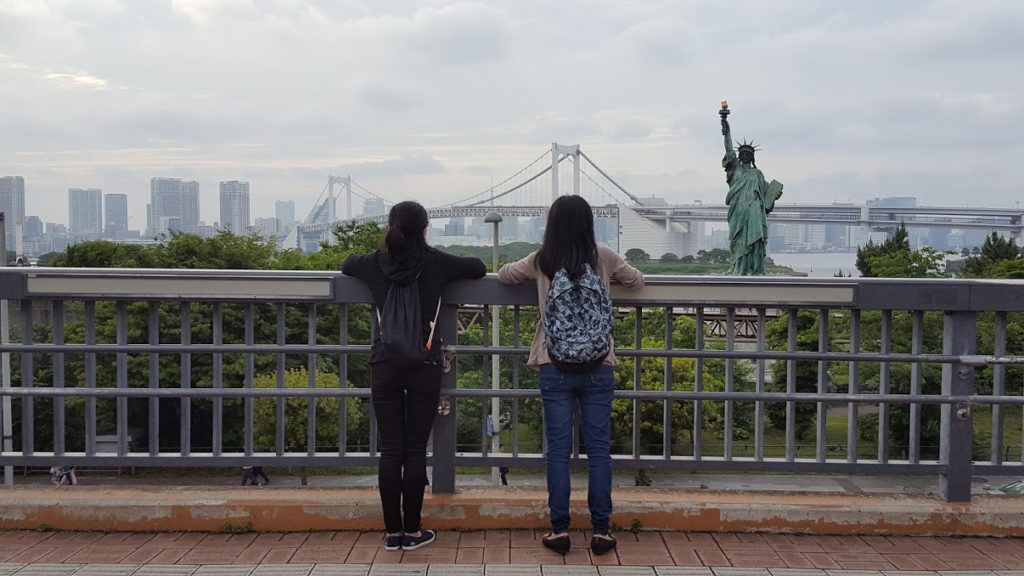
It’s only been one day and we are already starting to see the damage. The repeal of the Affordable Care Act (ACA). The disappearance of the Climate Change page on whitehouse.org. Re-negotiations of NAFTA. It’s all really happening.
Yesterday, in a truly humbling event, scores of Women’s Marches were held around the world. Women (and those who support women and diversity) stood in solidarity for equality, love, and women’s rights. I was rooting for all of you.
Although these marches spanned the globe, they mostly represented a fight for U.S. domestic policies. Planned Parenthood, immigration, education, healthcare–Americans turned out in record numbers to fight for these rights.
Teaching Christmas in the Japanese Countryside
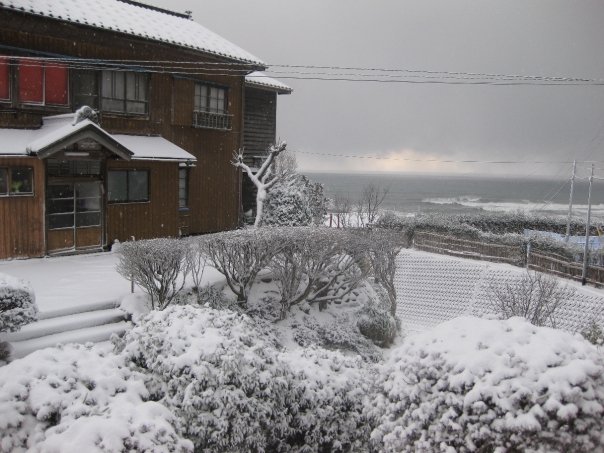
Many people often ask me what the most difficult part of teaching in Japan was. The JET Program had a mandatory, two day orientation to teach us about the long, English teaching road ahead. They rattled on and on about isolation, language barriers, and cultural clashes.
Yet they forgot the most important thing of all:
Actually instructing us on how to teach English.
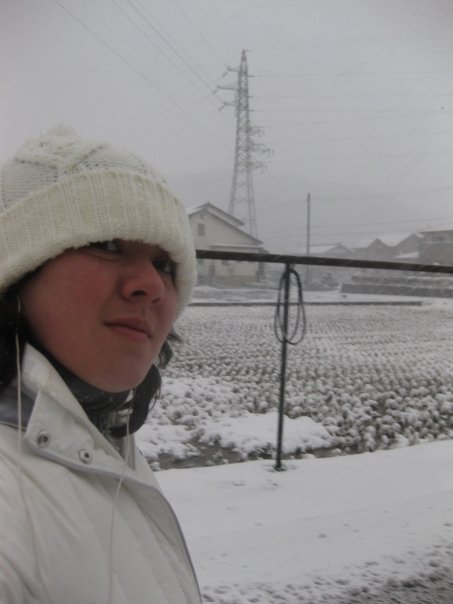
The most difficult part of JET for me was standing in front of 40 middle school students and entertaining educating them for one hour. I was a journalism and Japanese major–I knew absolutely nothing about education.
5 Reasons Japan is NOT technologically advanced
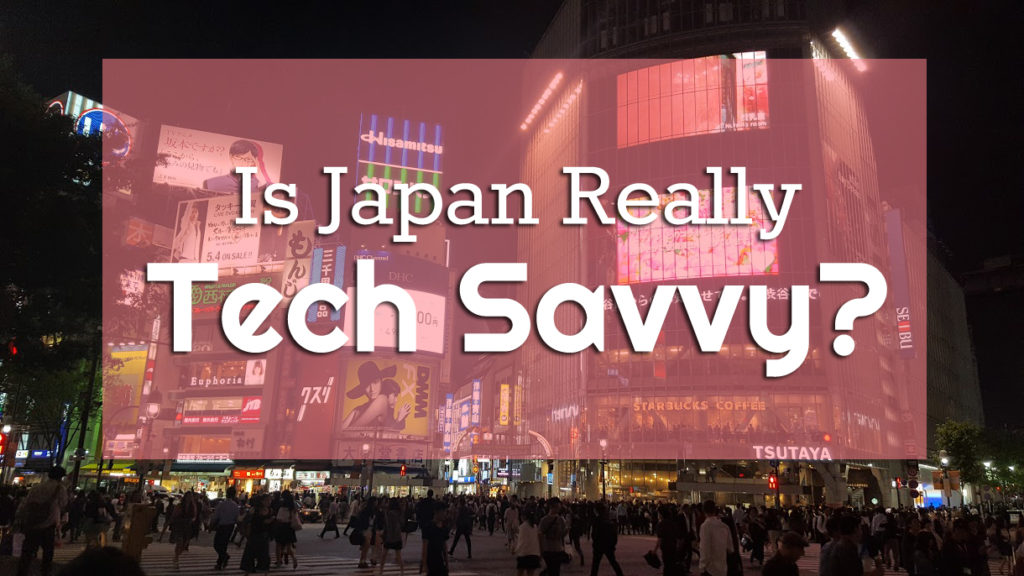
On my most recent trip to Japan I once again asked myself this question: Is Japan really technologically advanced?
Advanced robotics. Giant mechas. Bullet Trains.
To much of the world, Japan is seen as the world of the future. It’s no surprise the country that invented the Mario Brothers and the hybrid car is known worldwide as the most high-tech.
So when I moved to Japan, I was expecting to walk into the future. I was ready to see what life would be like in a world where technology ruled.
Hiking Japan’s Holy Pilgrimage, Kumano Kodo
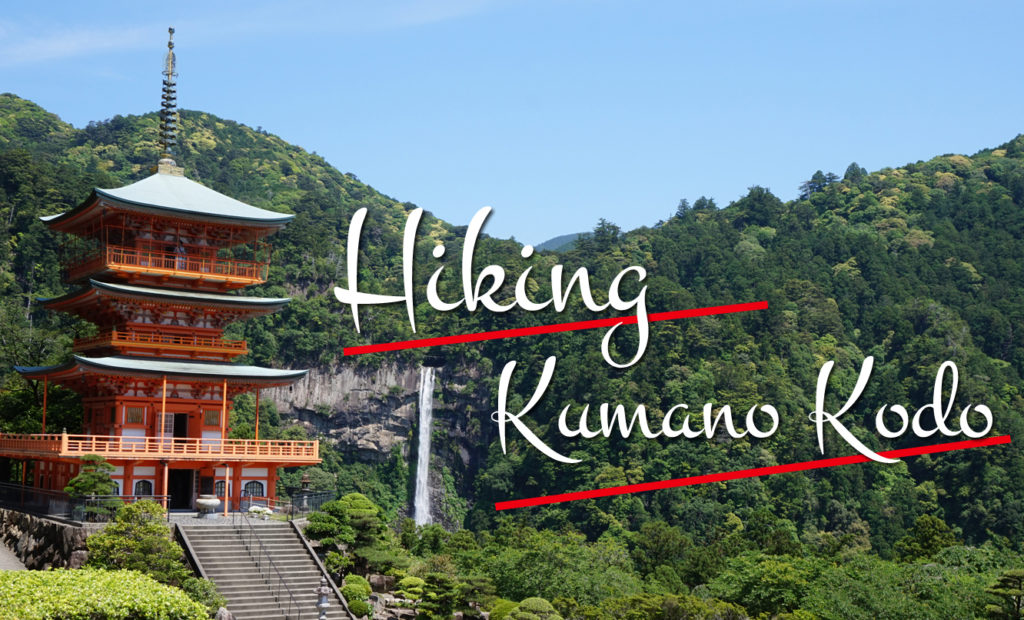
How in God’s Name did I hear about this virtually unknown trail, the Kumano Kodo?
Well, I first stumbled upon this off-the-beaten-path pilgrimage when I worked for the Japanese government and found this photo on a pamphlet:
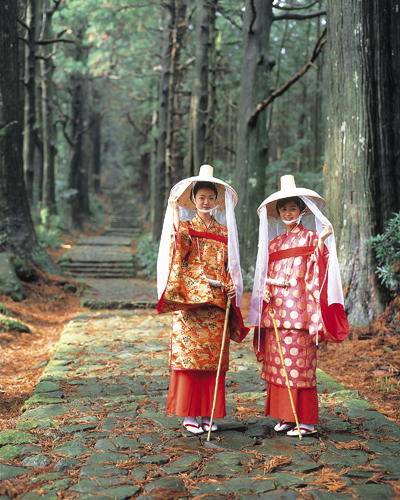
Something about it captivated me. Maybe it was the bizarre costume/pilgrimage outfit that is so ancient, even my knowledge from four years of Japanese language and culture classes left me in the dark. Perhaps the fact that it was one of only two UNESCO recognized pilgrimages in the world appealed to me, and I was dying to check ‘pilgrimage’ off the bucket list.
Cat Island, Gardens and Udon in Takamatsu, Shikoku
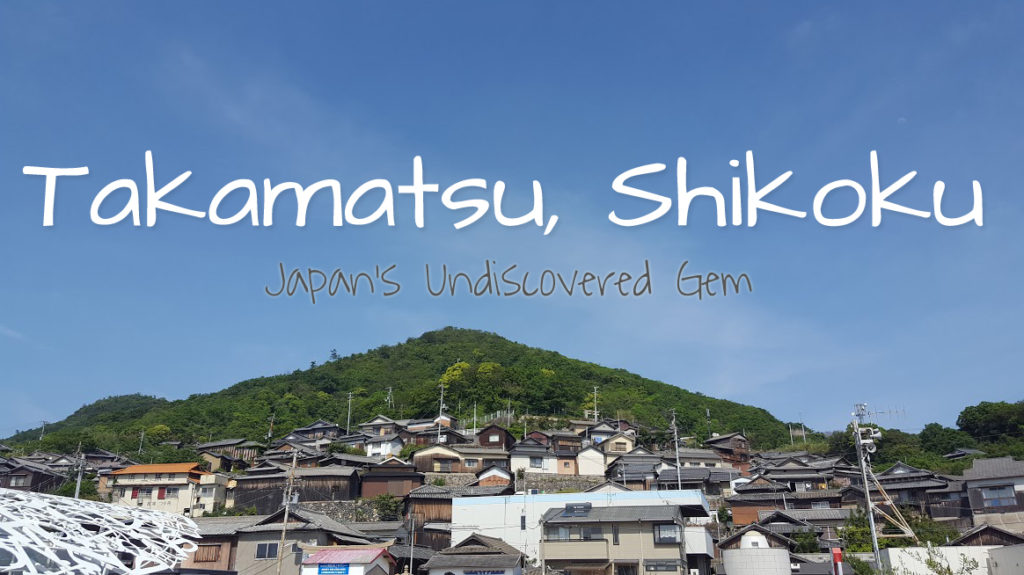
I stepped off the train platform at Takamatsu station, awash in nostalgia. Five years ago I found myself at this very same bus and train station housed in the city’s harbor. I was struck first by the smell of crisp and raw ocean air washing over me. The brilliant blue sky reflected the ocean surrounding the island. Unlike the streets of Tokyo, the people here walked at a slower pace, a smile on their face, with a peaceful calm floating over the city.
I was so grateful to return to one of Japan’s most charming small cities: Takamatsu.
My Boyfriend’s First Impression of Japan
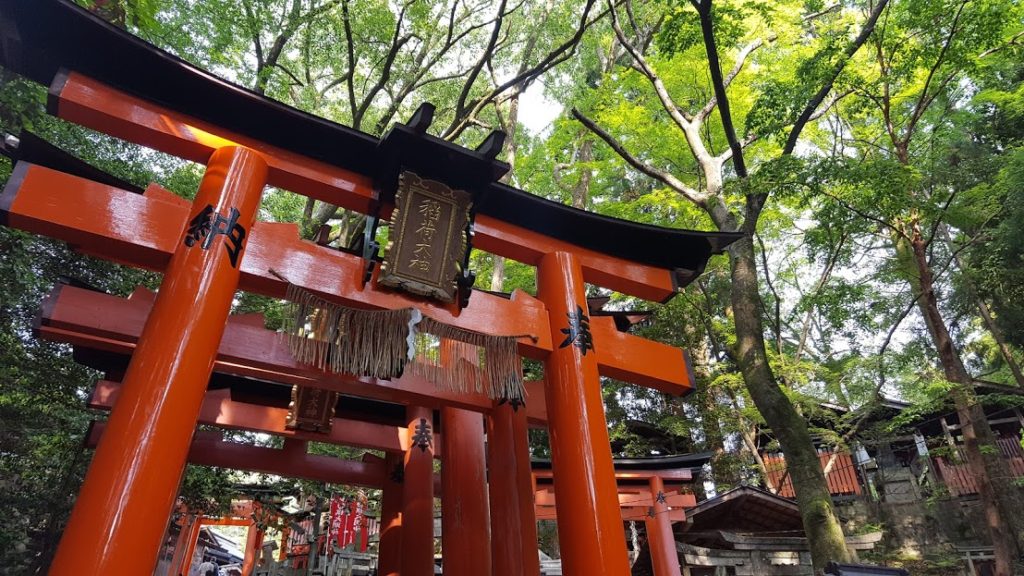
After two months of silence: I’m finally back on U.S. soil.
After suffering through China’s excruciating internet (wow, did it get WAAAY worse in the last two years, and hats off to fellow expats still suffering through it), I am finally able to wordpress and Google photos freely (and thus update this little blog).
I traveled extensively for six weeks throughout China and Japan–and believe me, I have A LOT to write about. I’m very excited to get some posts out in the upcoming days and weeks. It was great to be a nomad traveler again, donning a backpack and whizzing from place to place for days on end.
5 Steps to Hanami (View Cherry Blossoms) in Japan
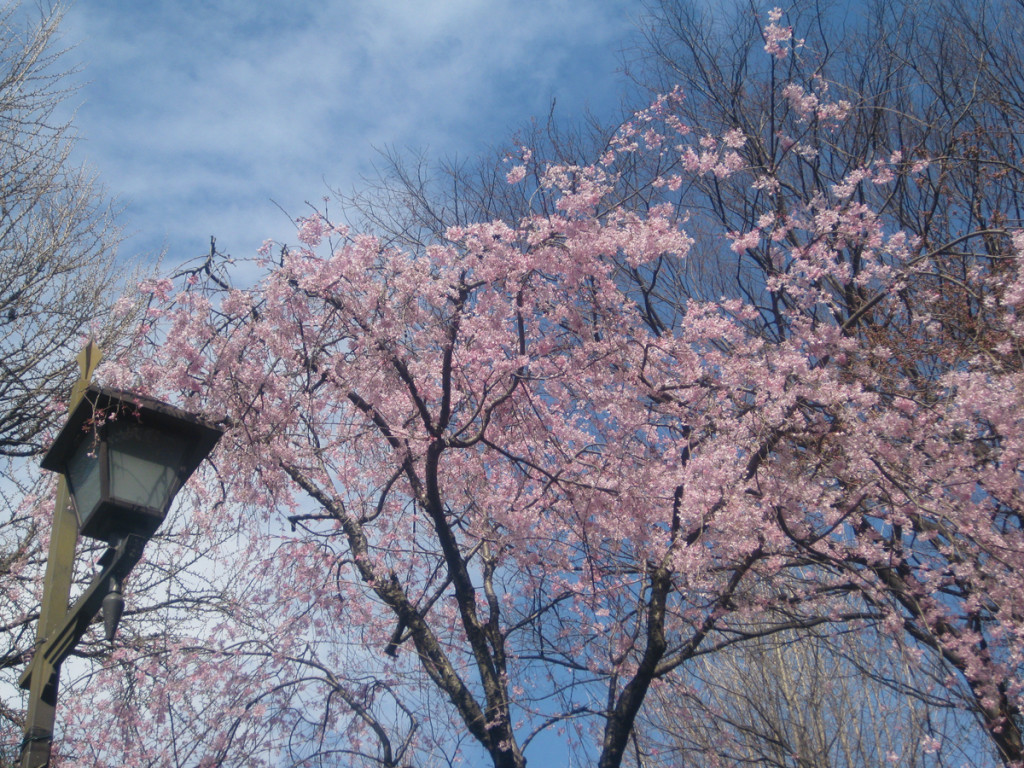
Ah, March. The prelude to Spring. The light at the end of a long winter tunnel.
Or in Japan, it’s the start of one of the most prized occasions of the year:
Cherry Blossom Season.
Whatever high expectation you have for watching cherry blossoms in Japan (or better known as ‘hanami,‘ which literally means ‘watch flowers’ 花見), Japan will not disappoint on this front. It’s a magical experience.
While many tourists envision their hanami experience like an anime opening (think wind blowing in your hair as sakura petals brush past your skin), the reality may differ somewhat. To get the kind of hanami experience you’re dreaming of, it involves more than hopping on a plane and finding a sakura tree–it will take a whole ‘lotta planning.
My First (and only) Blind Date in Japan
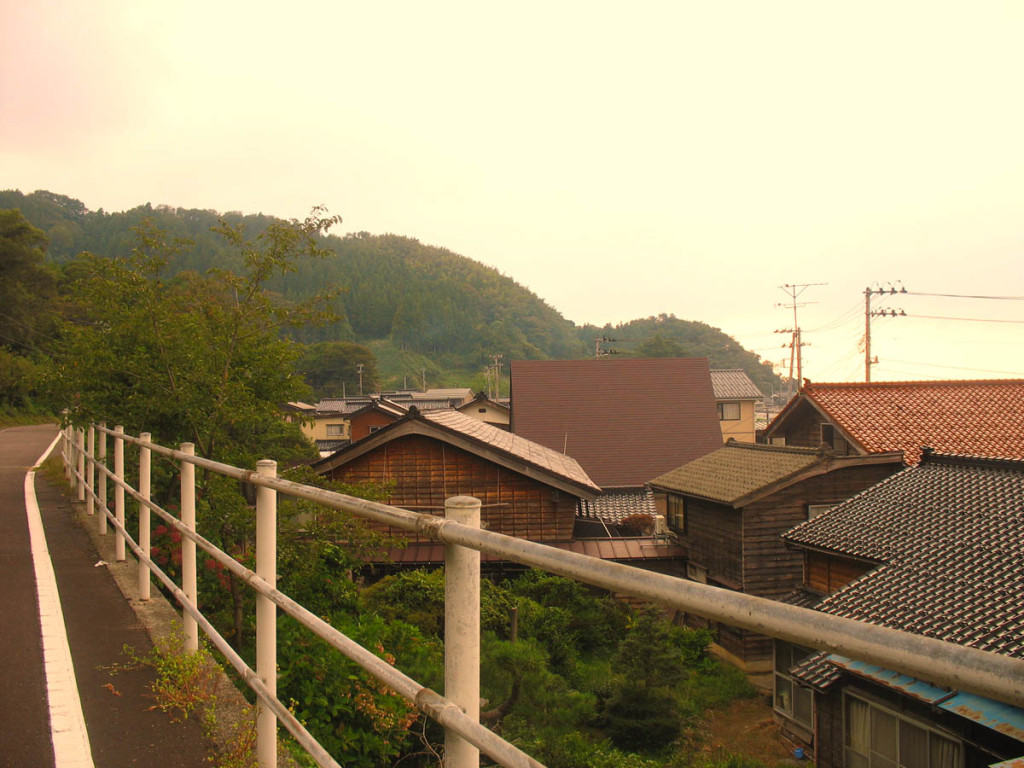
When I first moved to Japan as a young and naive new graduate, I had just undergone a horrific break up. It involved boyfriends, best friends and backstabbing. You know, the usual college drama.
At the same time, I was also ready to hit the dating scene. I hadn’t been single in five years. I was ready to paint the town red, party, go wild… and most of all: date.
Problem was: I lived in a very remote village. There were no bars. No restaurants. No place to mingle and meet people. Aside from 7-11.
How the Japanese Celebrate New Year

The most important day of the year for the Japanese is New Year, and with it comes certain traditions and ceremonies.
Why don’t the Japanese celebrate Lunar New Year like the rest of Asia?
Unlike the Chinese (and the rest of Asia), Japan does not celebrate the lunar new year. Japan’s new year holiday is every January 1st in alignment with western calendars. In fact, Chinese New Year is known as 旧正月, or “old/former new year.”
The Japanese switched to the Gregorian calendar in the Meiji era, when the entire country was modernized due to western influences. This is the era of the last samurai, of kimonos being traded for western dresses and suits, of guns and cannons in the battlefield. Since then, the western calendar has stuck.